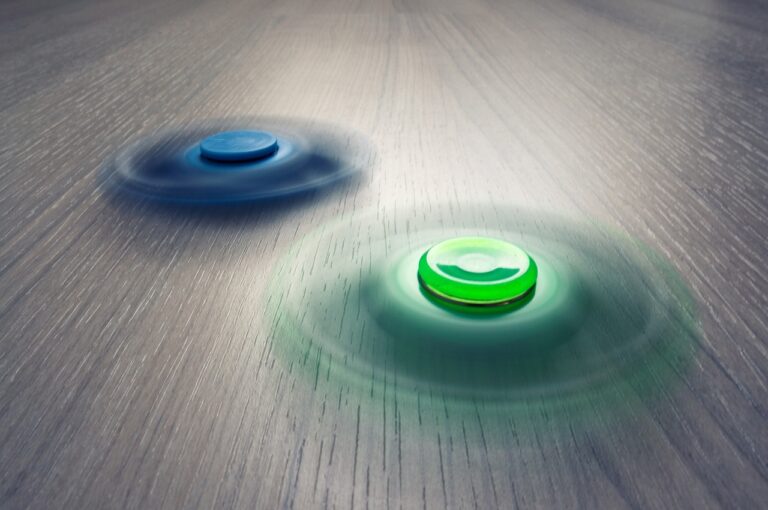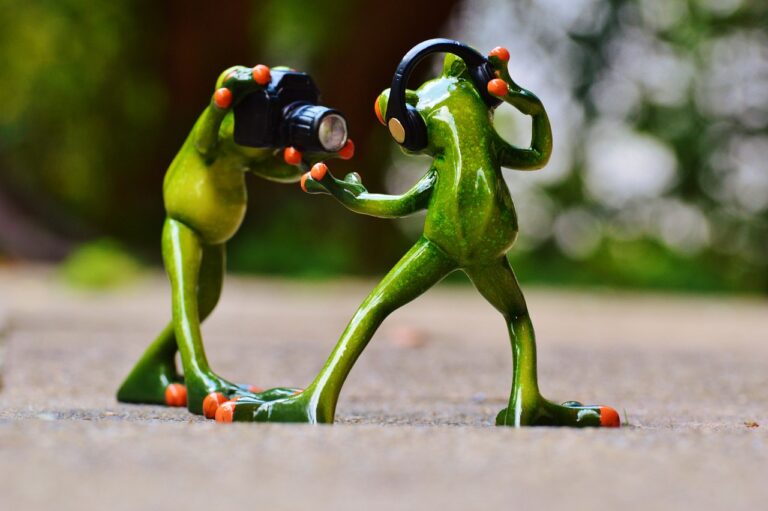Exploring the Artistry of Stop-Motion Animation: Techniques and Innovations
Stop-motion animation has been captivating audiences for over a century with its unique and mesmerizing visual effects. Dating back to the late 1800s, the technique involves manipulating physical objects frame by frame to create the illusion of movement when played back at normal speed. One of the earliest pioneers of stop-motion animation was Albert E. Smith, who co-founded Vitagraph Studios in 1897 and produced short films incorporating this innovative method.
In the early 1900s, stop-motion animation gained popularity thanks to the work of Willis O’Brien, a prominent figure in the industry known for his groundbreaking techniques. O’Brien’s masterpiece, “The Lost World” in 1925, showcased his expertise in bringing prehistoric creatures to life through stop-motion animation. This success paved the way for future filmmakers to explore the endless creative possibilities of this meticulous craft, shaping the landscape of animation in the years to come.
• Stop-motion animation has been captivating audiences for over a century
• Technique involves manipulating physical objects frame by frame
• Albert E. Smith was one of the earliest pioneers in stop-motion animation
• Willis O’Brien gained popularity in the early 1900s for his groundbreaking work
• “The Lost World” in 1925 showcased O’Brien’s expertise in bringing creatures to life
Key Pioneers in Stop-Motion Animation
Willis O’Brien is considered one of the key pioneers in stop-motion animation. He is best known for his groundbreaking work in the 1925 film “The Lost World” and the iconic “King Kong” in 1933. O’Brien’s innovative techniques laid the foundation for future stop-motion animation creators, inspiring many to explore the possibilities of this unique art form.
Ray Harryhausen is another influential figure in the world of stop-motion animation. His work on films like “Jason and the Argonauts” and “Clash of the Titans” showcased his meticulous attention to detail and mastery of the craft. Harryhausen’s imaginative creatures and dynamic storytelling captivated audiences and solidified his legacy as a true pioneer in the industry.
Different Types of Stop-Motion Animation Techniques
Stop-motion animation techniques encompass a wide range of styles and methods that bring inanimate objects to life through meticulous frame-by-frame manipulation. One popular technique is the puppet animation, where characters are crafted from various materials such as clay, wood, or fabric and then carefully animated through subtle movements to create a lifelike performance on screen. This technique requires skilled animators who can convey emotions and actions through the precise manipulation of these puppets.
Another technique is object animation, which involves using everyday objects as the main characters in the animation. By imbuing these objects with personality and movement, animators can create imaginative and whimsical stories that captivate audiences of all ages. The key to successful object animation lies in the creativity and attention to detail of the animators, who must breathe life into objects that may not traditionally be associated with movement or expression.
What is stop-motion animation?
Stop-motion animation is a filmmaking technique where objects are physically manipulated in small increments between individually photographed frames to create the illusion of movement when played back at normal speed.
Who are some key pioneers in stop-motion animation?
Some key pioneers in stop-motion animation include Willis O’Brien, Ray Harryhausen, and Nick Park.
What are some different types of stop-motion animation techniques?
Some different types of stop-motion animation techniques include claymation, puppet animation, cutout animation, object animation, and pixilation.
How long does it take to create a stop-motion animation?
The time it takes to create a stop-motion animation can vary depending on the complexity of the project. It can take anywhere from days to months to complete a stop-motion animation.
What equipment is needed for stop-motion animation?
Some basic equipment needed for stop-motion animation includes a camera, tripod, lighting equipment, and editing software. Additionally, specific materials may be needed depending on the type of stop-motion animation technique being used.







